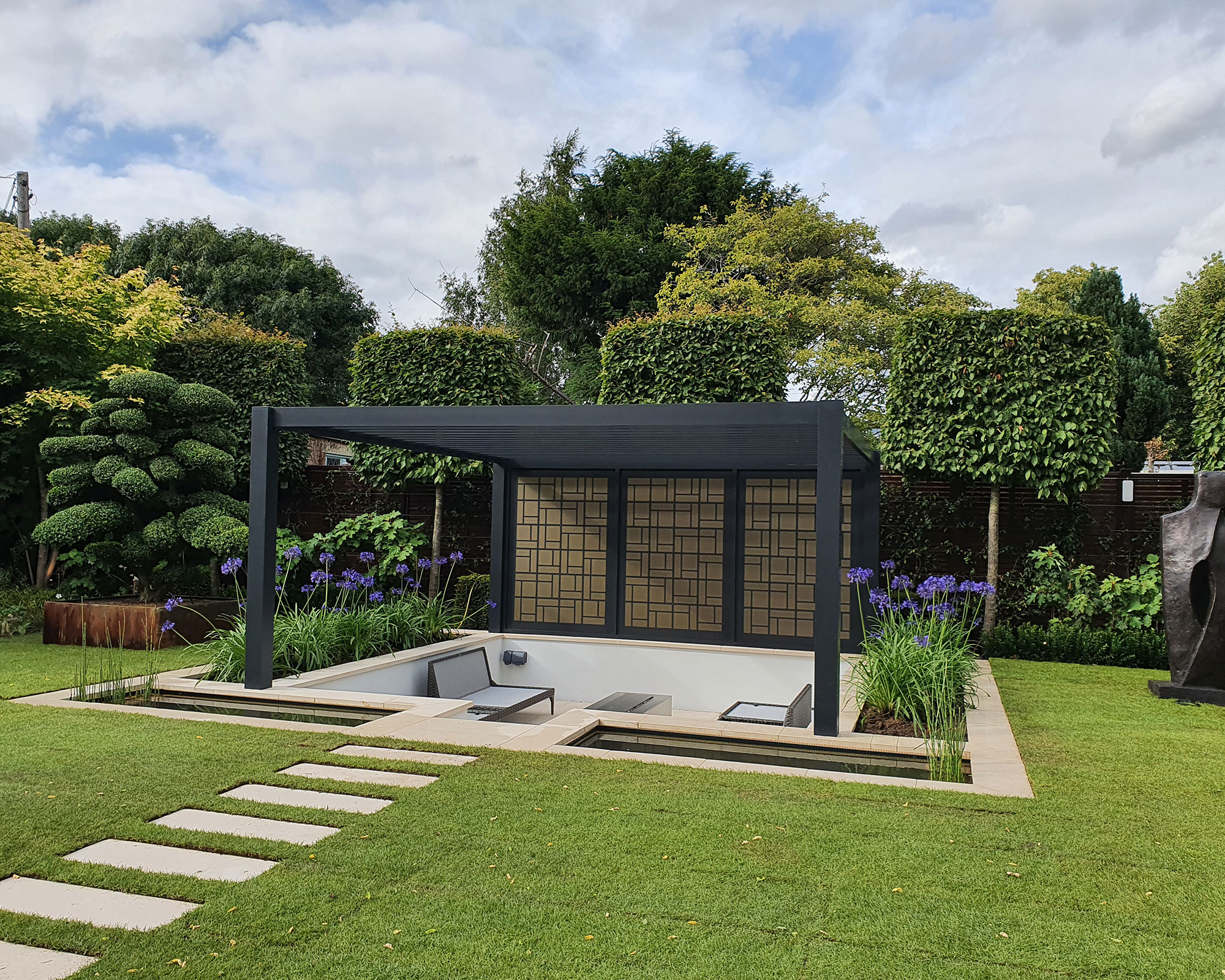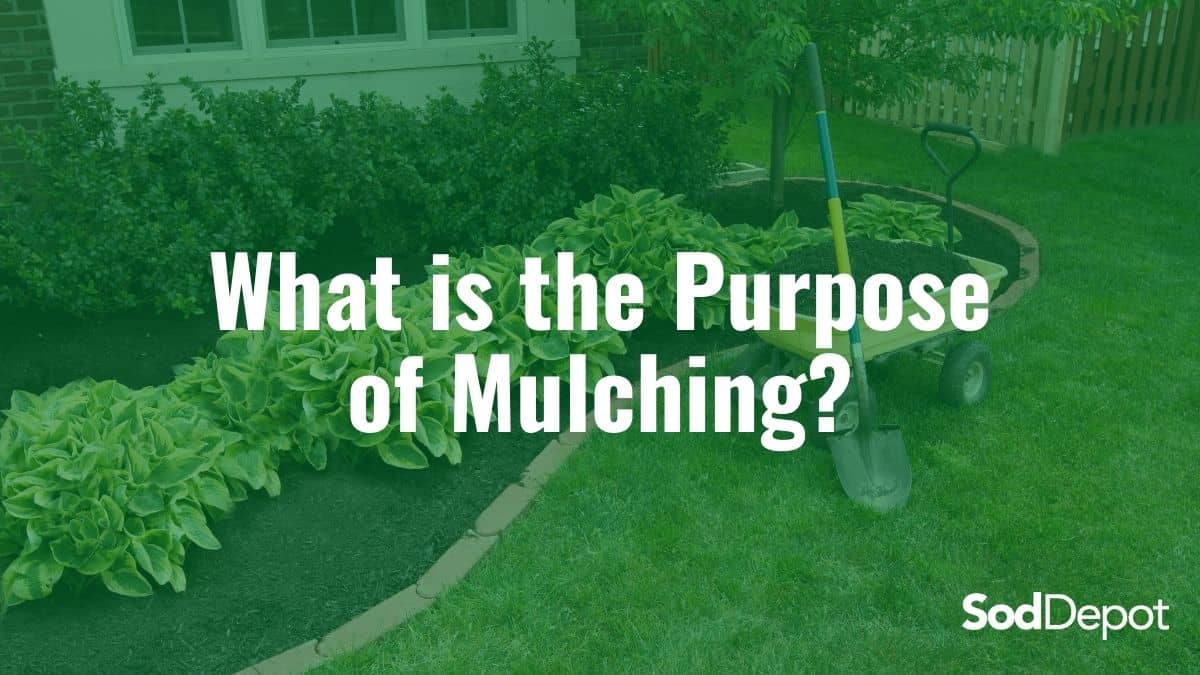How Hilton Head Landscapes can Save You Time, Stress, and Money.
Table of ContentsAll About Hilton Head LandscapesThe smart Trick of Hilton Head Landscapes That Nobody is Talking AboutThe 8-Minute Rule for Hilton Head LandscapesHilton Head Landscapes Can Be Fun For EveryoneHow Hilton Head Landscapes can Save You Time, Stress, and Money.The Only Guide for Hilton Head LandscapesThe Ultimate Guide To Hilton Head LandscapesThe Hilton Head Landscapes Ideas
Form compatibility is additionally a major component of unity in designone or more strikingly various kinds are excellent for contrast and focus, however generally all various other kinds ought to have some resemblances for a linked look. Texture describes exactly how crude or fine the surface of the plant or hardscape product really feels and/or looks.

Examples of plants with coarse appearance include philodendrons, agaves, bromeliads, hollies, hands, and hydrangeas. Features that develop great structure include tiny foliage; thin, strappy fallen leaves (lawns) or high, thin stems; little, thick twigs and small branches; long stems (creeping plants); and small, fragile flowers.
Some Ideas on Hilton Head Landscapes You Need To Know
Most plants are moderate texture, in that they can not be described as having either crude or great texture. They are characterized by medium-sized fallen leaves with straightforward shapes and smooth edges. The average-sized branches are not largely spaced nor extensively spaced, and the overall form is generally rounded or mounding. Medium-textured plants work as a background to web link and link the rugged- and fine-textured plants.

To make an area really feel smaller, position the rugged textures along the outer border and the fine appearances closest to the visitor. The information of the coarse appearance makes the plants show up closer and makes the space really feel smaller. The regarded structure of plants can likewise change with the distance from the plant.
The Definitive Guide to Hilton Head Landscapes
Strong colors enhance the contrast and make the texture show up coarser, while soft colors can flatten structure. Hardscape with a rugged texturesuch as extremely rough rocks and strong, huge timberstends to make all plant product appear extra average textured. Designers commonly develop a texture research (Figure 8) theoretically to assist choose the arrangement of plant products.
Color in plant material and hardscape includes interest and range to the landscape. Shade is the most noticeable component in the landscape and is typically the emphasis of many homeowners; nevertheless, it is additionally the most momentary component, typically lasting only a couple of weeks a year for individual plants.
The Best Guide To Hilton Head Landscapes
An easy description of the color wheel consists of the three primary colors of red, blue, and yellow; the three secondary shades (a mix of 2 primaries) of environment-friendly, orange, and violet; and 6 tertiary shades (a mix of one nearby main and second shade), such as red-orange. Shade concept describes the relationship of colors to each various other and how they ought to be utilized in a composition.

Analogous (in some cases called harmonious) color design are any type of 3 to 5 colors that are adjacent on the color wheel, such as red, red-orange, orange, yellow-orange, and yellow, or blue, blue-violet, and violet (landscape design hilton head). The shades are related to each various other because they normally consist of two primaries blended to create a second and 2 tertiary shades, which indicates they share typical properties
Corresponding shades are usually located normally in flowers; a common pair is yellow and violet. Shade is discovered in the flowers, vegetation, bark, and fruit of plants.
Hilton Head Landscapes Can Be Fun For Everyone
Eco-friendly foliage in all its numerous shades is the leading color by amount, however various other colors catch interest quicker because of their high comparison to the color environment-friendly. Color is likewise discovered in buildings, rocks, pavers, wood, and furnishings. Many shades in natural materials, such as rock and wood, a fantastic read are generally low-key and tend to be variations of brownish, tan, and pale yellow.
Shades have homes that can impact emotions, spatial perception, light quality, balance, and emphasis. Great shades tend to be calming and ought to be utilized in locations for relaxation and calmness.
4 Easy Facts About Hilton Head Landscapes Shown
Great colors often tend to recede and are viewed as being farther away, making a room really feel bigger. Shade can additionally be utilized to record attention and direct views.
For instance, bright yellow, which has the greatest intensity, additionally has a high contrast with all other shades (typically described as a "pop" of color) and must be conserved. A little quantity of extreme color has as much visual weight as a large amount of a much more controlled or weak shade.
Analogous (in some cases called unified) shade schemes are any three to 5 shades that are adjacent on the color wheel, such as red, red-orange, orange, yellow-orange, and yellow, or blue, blue-violet, and violet. The colors belong per various other due to the fact that they normally consist of 2 primary colors mixed to form an additional and two tertiary shades, which implies they share typical homes.
Rumored Buzz on Hilton Head Landscapes
They have a tendency to have high contrast between them. The most usual collections are violet and yellow, red and eco-friendly, and blue and orange. Complementary colors are frequently found normally in blossoms; a typical pair is yellow and violet. Shade is discovered in the flowers, foliage, bark, and fruit of plants.
Green vegetation in all its different shades is the leading color by quantity, yet various other colors record interest much more readily due to their high comparison to the color green - landscape design hilton head - https://packersmovers.activeboard.com/t67151553/how-to-connect-canon-mg3620-printer-to-computer/?ts=1719958014&direction=prev&page=last#lastPostAnchor. Color is likewise found in buildings, rocks, pavers, timber, and furniture. Most shades in natural materials, such as rock and wood, are usually soft and have a tendency to be variants of brown, tan, and light yellow
4 Easy Facts About Hilton Head Landscapes Described
Shades have residential properties that can influence feelings, spatial assumption, light high quality, balance, and emphasis. Amazing colors often tend to be relaxing and ought to be utilized in locations for relaxation and calmness.
The "temperature" of colors can additionally influence the assumption of range. Cool colors tend to recede and are perceived as being further away, making an area feel larger. Warm shades often tend to advance and are perceived as being closer, making a space really feel smaller sized. Color can also be used to record interest and direct views.
For instance, intense yellow, which has the highest strength, additionally has a high contrast with all other shades (frequently referred to as a "pop" of shade) and must be conserved. A small quantity of intense shade has as much visual weight as a huge quantity of a more controlled or weak color.
Comments on “More About Hilton Head Landscapes”